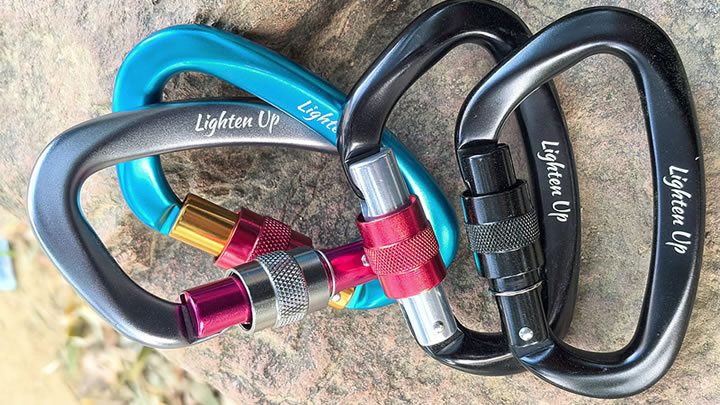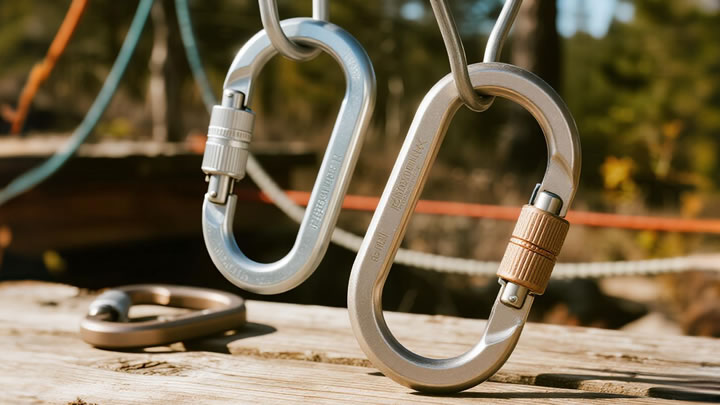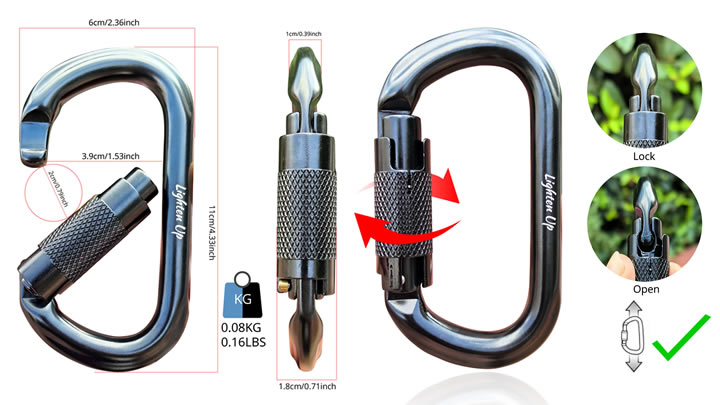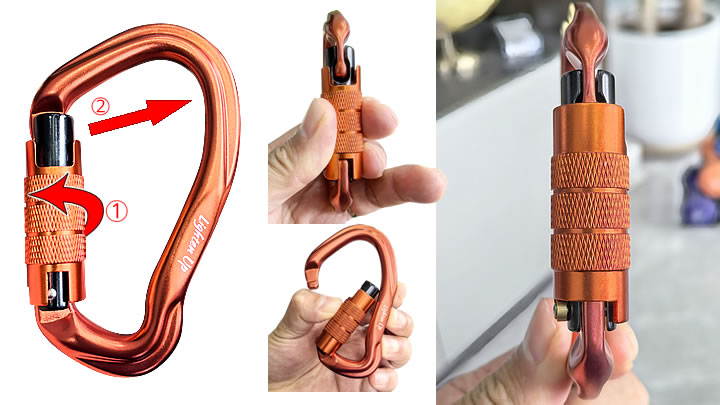Carabiner Hook for Industrial Use vs. for Recreational Climbing
At first glance, a carabiner used on a factory floor and one dangling from a climber's harness might look similar. However, these two tools are engineered for fundamentally different worlds. Using an industrial carabiner for climbing, or vice versa, is not just incorrect—it is profoundly dangerous. Understanding their distinct design philosophies, standards, and performance requirements is essential for ensuring safety in both professional and recreational environments.
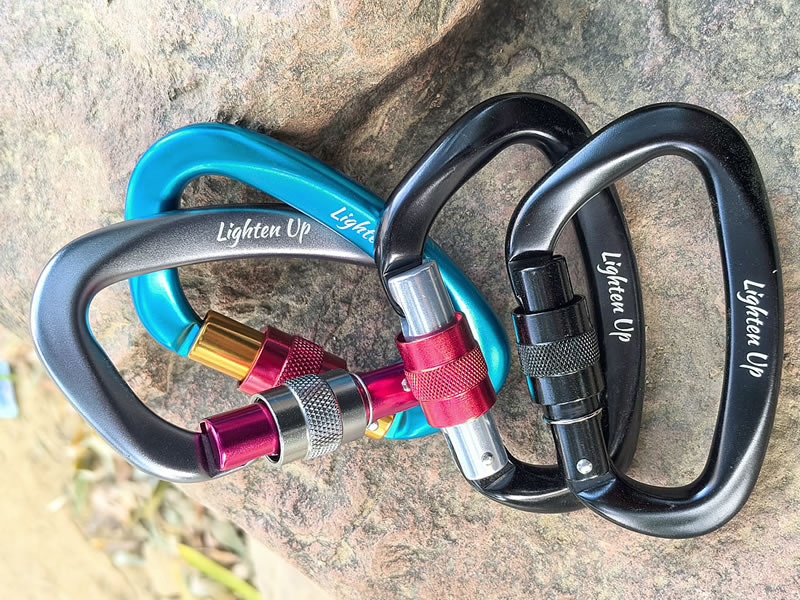
1. Core Design Philosophy: Dynamic vs. Static Loads
The most critical distinction lies in the type of force they are designed to withstand.
- Recreational Climbing Carabiners: These are built for dynamic loading. A climbing fall generates a high-magnitude, shock-loaded force over an extremely short period. The carabiner and the entire climbing system (rope, harness) are engineered to absorb this energy dynamically. The focus is on surviving a few extreme, high-stress events.
- Industrial Carabiners: These are designed for static or quasi-static loading. In rigging and lifting, the goal is to minimize movement and shock. Loads are applied gradually and are meant to be controlled. The carabiner is expected to withstand its rated load consistently and repeatedly, with a primary focus on longevity and abrasion resistance over surviving a single massive impact.
2. Material and Weight: The Aluminum vs. Steel Divide
This different philosophy leads to a fundamental choice in materials.
- Recreational Climbing (Aluminum): The paramount concern is a high strength-to-weight ratio. Aluminum alloys (e.g., 7075-T6) are the universal standard. They are lightweight, allowing climbers to carry numerous carabiners without being weighed down, while still providing immense strength (typically 22-28 kN).
- Industrial Use (Steel): Weight is far less concern than absolute durability and wear resistance. Steel is the standard material. It boasts higher tensile strength and, most importantly, superior resistance to abrasion from cables, sharp metal edges, and repeated use in harsh environments. An industrial carabiner is built to last for years of daily use, not to be as light as possible.
3. Standards and Certification: UIAA/CE vs. ASME
The regulatory landscape governing these carabiners is entirely separate.
- Recreational Climbing (UIAA/CE): Carabiners must comply with standards set by the Union Internationale des Associations d'Alpinisme (UIAA) or the European Committee for Standardization (CE mark under EN 12275). These standards mandate specific tests for:Major Axis Strength: Minimum 20-25 kN.Open-Gate Strength: A critical test simulating a worst-case scenario, requiring a minimum of 7 kN.Gate Function: Ensuring smooth operation under load.
- Industrial Use (ASME): In North America, industrial rigging hardware like carabiners falls under the ASME B30.26 standard. The focus is on the Working Load Limit (WLL), which is the maximum recommended load during normal service. The WLL is derived by applying a safety factor (typically 4:1 or 5:1) to the Minimum Breaking Strength (MBS). The WLL, serial number, and manufacturer are permanently stamped on the device.
4. Key Design and Marking Differences
| Feature | Recreational Climbing Carabiner | Industrial Carabiner |
|---|---|---|
| Primary Material | Aluminum Alloy | Steel |
| Strength Rating | KiloNewtons (kN) | Working Load Limit (WLL in tons/lbs) & MBS |
| Key Standard | UIAA / CE (EN 12275) | ASME B30.26 |
| Gate Types | Variety (straight, bent, wire, solid) | Often simple, robust screw-lock or positive-locking |
| Weight | Critical design factor; minimized | Secondary to durability; much heavier |
| Typical Finish | Anodized colors | Often galvanized or bare steel for corrosion resistance |
Conclusion: The Rule of Never Interchanging
The consequences of using the wrong carabiner are severe. A lightweight aluminum climbing carabiner would be quickly gouged and weakened by sharp steel edges in an industrial setting, and its strength could be compromised without visible warning. Conversely, a heavy steel industrial carabiner lacks the specific dynamic performance certifications (like open-gate strength) required for climbing safety and its weight would be untenable.
In summary:
- For recreational climbing, you need a UIAA/CE-certified aluminum carabiner designed to handle dynamic forces and worst-case scenarios.
- For industrial rigging, you need an ASME-compliant steel carabiner with a clearly marked WLL, built for durability and static loads under a strict safety factor.
Always select the right tool for the specific, certified purpose. Your safety, and the safety of others, depends on this critical distinction.

